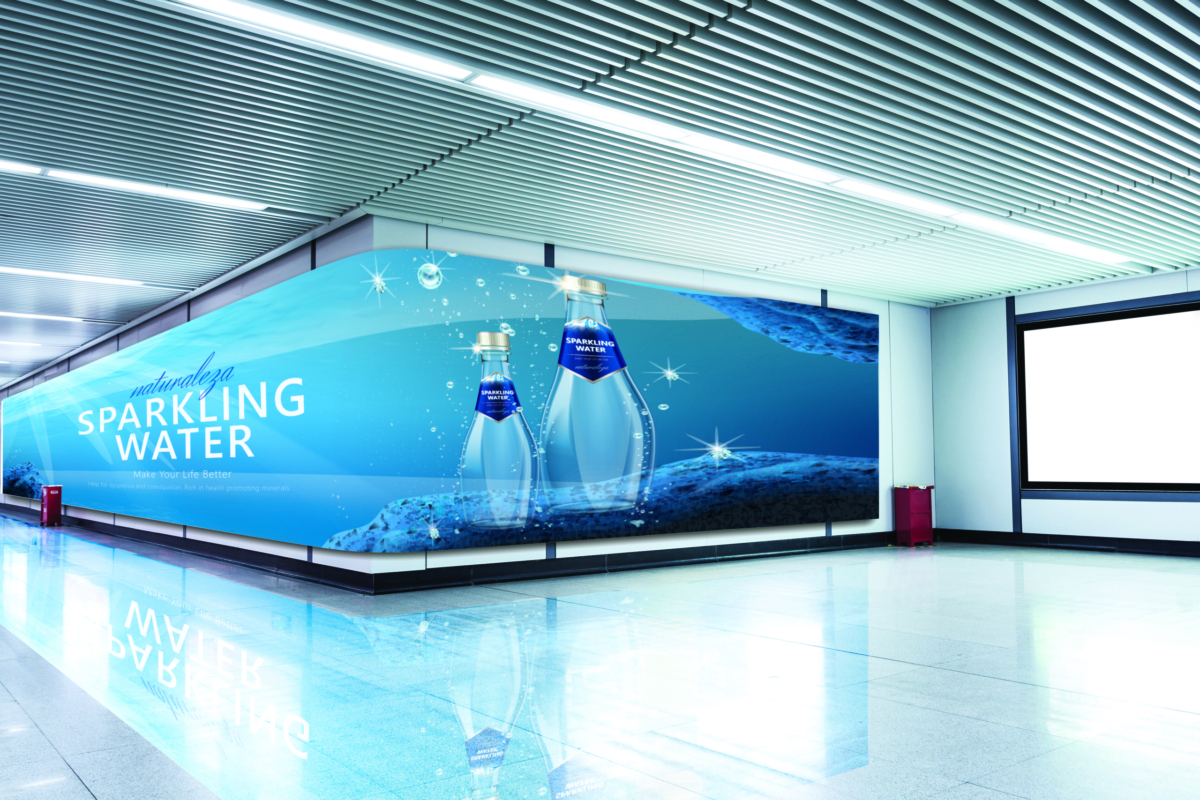
dvLED vs Large-Format Displays: What’s Right for Your Space?
Once upon a time, the choice between dvLED video walls and large-format displays came down to one thing: budget. Remember the time we tried to use plasma screens to run continual content, only to find plasma burn around the outside of the screen? LCD technology came to the rescue and gave us the flexibility for advanced digital communication systems.
Today, the picture is far more nuanced. Advances in both technologies have opened up new use cases, shifted price points, and blurred the lines on what will work best for my project. At CTI, we don’t believe in “one-size-fits-all” recommendations, because different spaces and organisations have different requirements.
Here’s a closer look at the key differences and where each option shines.
Image Quality and Visual Impact
dvLED panels are known for high brightness, colour uniformity, and no bezel lines. These are ideal for large-scale visuals, even in bright environments like atriums or shopfronts. With different pixel pitches to choose from, dvLED is now more accessible making close viewing possible. As more manufacturers enter the market, the price continues to drop.
Large-format displays (LCDs) have come a long way. 4K resolution is now standard, brightness levels are solid for indoor and front window spaces, and colour reproduction continues to improve with true colour pallets. In many settings, you’d could be hard-pressed to tell the difference without standing right in front of the screen.
👉 The difference? dvLED is seamless and more flexible in shape and size. LFDs still deliver excellent quality for standard dimensions.
Cost, Maintenance & Lifecycle
LFDs remain the go-to choice for most projects due to their reliability, affordability, availability, and ease of installation. They’re perfect for meeting rooms, classrooms, retail front-facing window displays, back-of-house, and digital signage. They work, look sharp and have an abundance of options depending on the setting.
dvLED, while more expensive upfront, offers a long lifespan, low power consumption over time, and minimal visual degradation. Maintenance is modular. If a pixel cluster fails, you replace a tile rather than the whole display.
👉 It’s a question of long-term ROI vs. initial cost. An LFD is perfect for precise colour matching and performance in any sector. For others, the long life and wow-factor of dvLED makes the case.
Design Freedom and Space Integration
dvLED wins for design flexibility. You’re not tied to standard screen sizes, and the displays can curve, wrap, or fill unusual spaces. This makes them ideal for video walls, auditoriums, retail windows, experience centres, or control rooms.
LFDs fit almost anywhere—a single wall-mount, a portable trolley, or a grid of displays in a video wall still providing flexibility in most settings. Setup is faster, and replacements or upgrades are simple.
👉 dvLED is the designer’s dream. LFD is the practical workhorse.
Energy and Sustainability
Energy consumption depends on screen size, brightness, and usage. In general, modern dvLED systems are energy efficient, but they shine brightest (literally) in larger deployments. LFDs are just as efficient and sustainable, especially when energy-saving modes are used.
👉 Sustainability isn’t just about power—think lifecycle, materials, and upgrade pathways.
So, Which One’s Best?
You Might Choose… If You Need…
Large-Format Display (LCD)
Standard-sized screens are commonly found in meeting rooms, classrooms, retail, and offices.
Lower upfront costs and rapid install.
Easy replacements or short-term use.
dvLED Video Wall
Seamless visuals for large spaces or feature walls
Custom shapes, ultra-wide formats, or curved displays.
Long-term investment in performance and flexibility.
Final Thought: It’s Not Either/Or
There’s a reason LFDs are continuing to sell in mass quantities. They work well, continued innovation in screen technology, are cost-effective, and deliver incredible picture quality. We see them everywhere, from retail stores to airports and meeting room spaces. At the same time, dvLED is no longer just for flagships. It’s more available, more sustainable, and more versatile than ever.
The right choice? It comes down to your requirements, your budget, and your space. Oh, and sometimes just being a bit flashy! And that’s precisely what we help you figure out.
Talk to Us About Your Project
Too busy to chat right now?
Send us a message.

